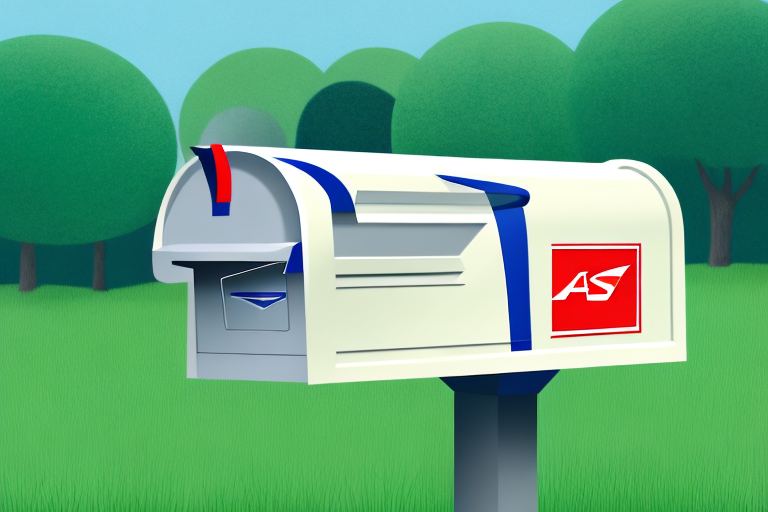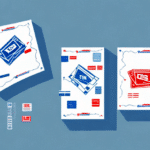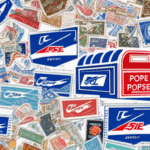Is First Class Mail Insured? A Comprehensive Guide to Postal Insurance
Are you looking to send important documents or valuable items through the mail? You may be wondering if first-class mail is insured against loss or damage. In this comprehensive guide to postal insurance, we’ll take a deep dive into what postal insurance is, how it works, and what you need to know to make the most of your investment in shipping.
Understanding Postal Insurance
What Is Postal Insurance?
Postal insurance is a service offered by the United States Postal Service (USPS) that provides coverage for lost, damaged, or missing packages. When you purchase postal insurance, you’re essentially paying for peace of mind that your package will be protected against any unforeseen circumstances.
How Does Postal Insurance Work?
If your package is lost, damaged, or stolen, you can file a claim with the USPS for reimbursement up to the declared value of the package. It's important to note that not all forms of postal service come with insurance included in the price. For example, while first-class mail does offer the option to purchase insurance, it is not automatically included as part of the cost.
Postal insurance operates under specific terms and conditions. Typically, you must insure items with a declared value, and the insurance fee correlates with that value. For detailed information, visit the USPS Insurance page.
Types of Mail Covered by Postal Insurance
Postal insurance is available for various forms of mail and shipping methods. Some of the most common types of mail covered by postal insurance include:
- First Class Mail
- Priority Mail
- Priority Mail Express
- USPS Retail Ground
- Media Mail
It is important to note that not all items are eligible for postal insurance. Items that are prohibited by law or considered hazardous materials cannot be insured. Additionally, some items may have limited coverage or require additional fees for insurance. It is recommended to check with your local post office or refer to the USPS website for more information on eligible items and coverage limitations.
Costs and Purchasing Postal Insurance
How Much Does Postal Insurance Cost?
The cost of postal insurance varies depending on the declared value of your package. The USPS offers coverage options up to $5,000 for some types of mail. To determine the cost of insurance, you can use the USPS Online Calculator.
Postal insurance is an additional cost separate from postage and other shipping fees. For high-value items, purchasing insurance is a worthwhile investment to protect your assets.
Purchasing Postal Insurance for First Class Mail
First-class mail is one of the most popular forms of USPS service, but it does not automatically include insurance. If you want to purchase insurance for your first-class mail package, follow these steps:
- Visit your local post office and request PS Form 3813 for insurance up to $500 or PS Form 3813-P for insurance over $500.
- Fill out the form, specifying the value of your package.
- Pay the applicable insurance fee at the counter.
- Keep the receipt and a copy of the form for your records.
Note that USPS insurance for first-class mail only covers up to $500 in value. If your package is worth more, consider purchasing additional insurance or using a third-party provider.
Coverage Details
What Is Covered by First Class Mail Postal Insurance?
With postal insurance for first-class mail, your package is protected against loss, damage, or missing contents. Specific items covered include:
- Documents and paperwork
- Books and educational materials
- Non-perishable goods
- Select electronics (with limits)
However, certain items like cash, jewelry, and perishable goods are not covered.
What Is Not Covered by First Class Mail Postal Insurance?
While postal insurance covers many types of loss or damage, the following are excluded:
- Cash and currency
- Jewelry
- Perishable goods
- Prohibited items (hazardous materials, illegal substances, certain types of weapons)
- Packages not properly packaged
Additionally, items that are illegal or hazardous are not eligible for insurance. Ensure your packages comply with USPS regulations to maintain coverage.
Filing a Claim
How to File a Claim for Lost or Damaged First Class Mail
If your first-class mail package is lost or damaged in transit, follow these steps to file a claim with USPS:
- Gather all relevant documentation, including your insurance receipt, PS Form 3813, and proof of value for the items being claimed.
- Visit the USPS Claims page.
- Fill out the online claim form with the required information.
- Submit the form and any supporting documents.
- Wait for a response from USPS regarding your claim status.
Maximizing Your Postal Insurance Coverage
Tips for Maximizing Your Postal Insurance Coverage
To make the most of your postal insurance, consider the following tips:
- Accurately Declare Value: Always declare the accurate value of your package to avoid underpayment or overpayment of insurance fees.
- Read the Policy Terms: Carefully read the terms and conditions of the insurance policy.
- Proper Packaging: Ensure your packages are properly packaged to prevent damage during transit.
- Keep Documentation: Keep all receipts and documentation related to your shipment.
Comparing Postal Insurance to Other Shipping Options
USPS vs. Other Carriers
When choosing a shipping option, it's essential to compare postal insurance with other carrier-provided insurance services:
- USPS: Offers a range of services with optional insurance at generally affordable rates.
- FedEx: Provides insurance options, often included in higher-tier services, with more premium service levels.
- UPS: Similar to FedEx, offers insurance with certain services, typically at higher costs.
- Third-Party Insurers: Offer customizable insurance options, which may be more cost-effective for high-value items.
Carrier-Provided vs. Third-Party Postal Insurance
When deciding between carrier-provided and third-party insurance, consider the following:
- Cost: Third-party insurance may be cheaper for high-value items.
- Coverage: Review the coverage terms to ensure all potential risks are covered.
- Claim Process: Carrier-provided insurance may offer a more streamlined claims process.
- Flexibility: Third-party insurers often provide more customizable options.
Conclusion
While first-class mail is not automatically insured, there are options available to purchase coverage for your packages. Understanding the specifics of postal insurance and the claims processes involved can help you make informed decisions and protect your investments. Consider the tips, types of postal insurance, and comparisons provided in this guide to make the best choice for you.






















